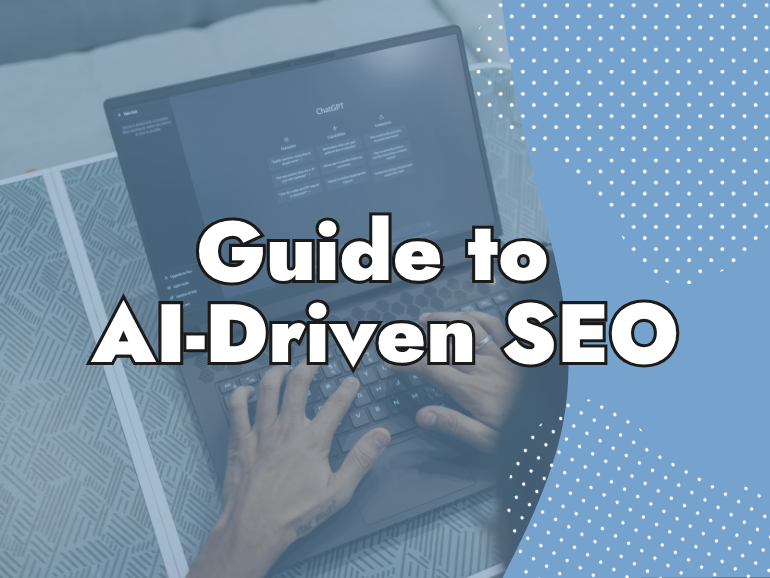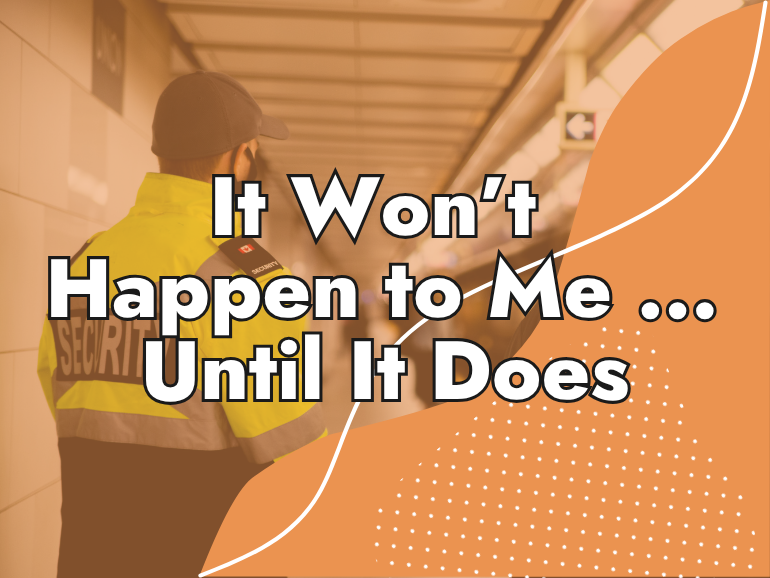What is Brand Messaging and How to Get Started
How Important Is Brand Messaging for Your Business? Brand messaging is the bread and butter of your business’s communication strategy. It needs to be in everything that you do and every interaction you have with your customers – and you’ve probably been doing it without ever even thinking about it! So, what is brand messaging,…
Written by Michael Mitov
Last updated May 3, 2025 • First published January 9, 2023

How Important Is Brand Messaging for Your Business?
Brand messaging is the bread and butter of your business’s communication strategy.
It needs to be in everything that you do and every interaction you have with your customers – and you’ve probably been doing it without ever even thinking about it!
So, what is brand messaging, and why should you be thinking about it more?
There’s no need to be intimidated, or groan in despair that we’re adding another thing to your already crowded to-do list. Like we said earlier, this is probably something you’re already doing!
Your brand messaging is how you communicate who you are to your customers, but that’s just the simple definition. It’s worth digging a little deeper if you really want to make your business stand out and serve your customers better.
Here’s a little more about what it is, and how you can improve your brand messaging strategy.
What Is Brand Messaging?
Your brand is who you are. How you communicate that is your brand messaging.
LIKE WHAT YOU’RE READING?
If these articles are helpful,
imagine what our team
can do for you!


More Traffic. Leads. Business.
I want to show you how SEO can grow your business in ways you haven’t seen before.
More Traffic. Leads. Growth.

I want to show you how SEO can grow your business in ways you haven’t seen before.
This comes across through everything that you do as a business and every customer touchpoint.
- It’s in your logo
- Your website
- Your images
- Your storefront (if you have a brick-and-mortar location)
- Your employees
- The language your business uses
- And so on
Every time someone interacts with your business, they are on the receiving end of your brand messaging. Starting to see why it’s important?
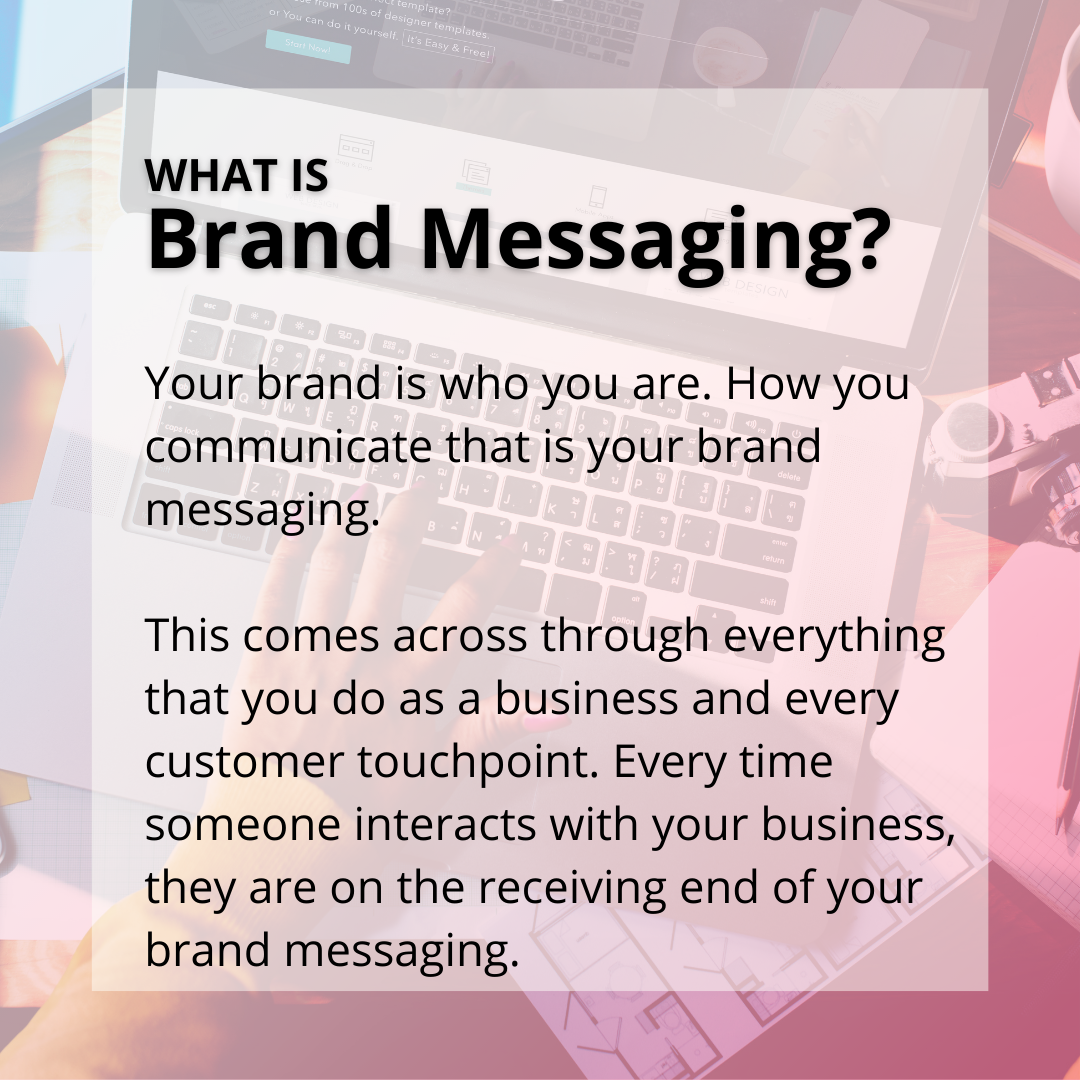
Your messaging should communicate your business’ story and unique value proposition in a way that is understandable, consistent, and resonates with your customers.
Key Brand Messaging Pillars
Your messaging will be so much more effective when you answer the following questions:
- Who are you?
- What do you do?
- Why should your audience care?
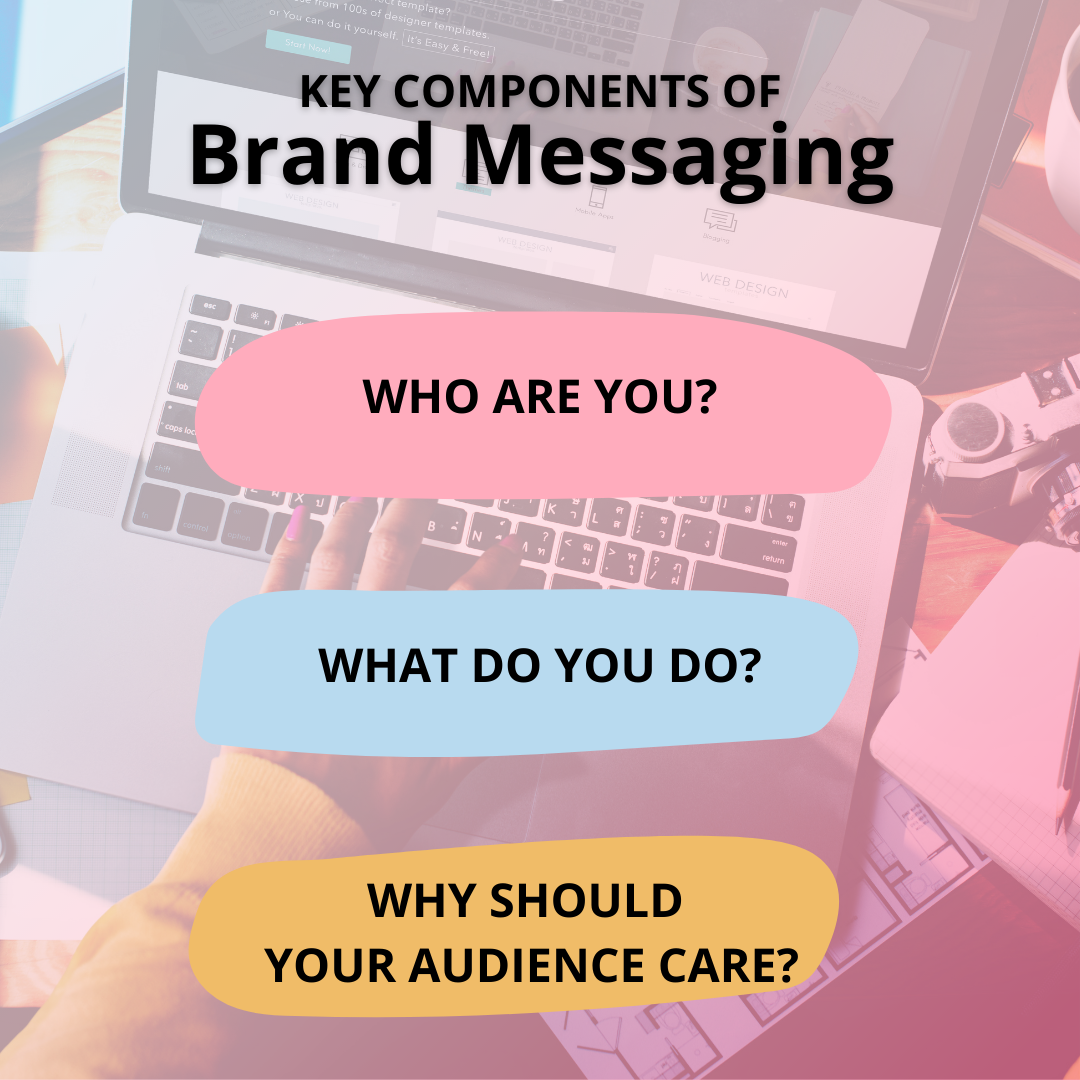
Getting Started – How to Create a Brand Message
By now you might be feeling the pressure to get your brand messaging on point. Again, you’re probably already doing this to an extent, but as with everything in business, it pays to be a strategist. Clearly defining your brand identity is a great first step in ensuring your communication is clear and consistent across all channels and customer touch-points. Now if that sounds scary, we’re telling you – it doesn’t have to be!
Start by writing it all down, you’ll be surprised how much information you already have at your disposal.
Start by defining the following for your business:
- Your unique value proposition
- Your core values
- Your audience
- And how you serve that audience
All of this will inform how you relate to your customer and how you speak to them.
Still a little confused? Let’s break it down a bit further.
Steps for Building a Strong Brand Messaging Strategy
Language, logo, colours, and fonts all play a part here, but none of the bells and whistles will matter if you lack a firm sense of self.
Your brand messaging will be at the forefront of all your business communication, whether that’s online, in-person, or in search results.
To speak with authority in a crowded space, you’ll need to define your brand, your purpose, and your audience with laser focus. Once those elements are clear, you can easily check your content and communication against the benchmark of “is that on brand”? If the answer is ever “no”, throw it out and start again.
If you’re looking for a detailed guide to building your brand identity with real-life examples of brands that are nailing it, we recommend checking out HubSpot’s guide to developing a memorable brand identity in 2022.
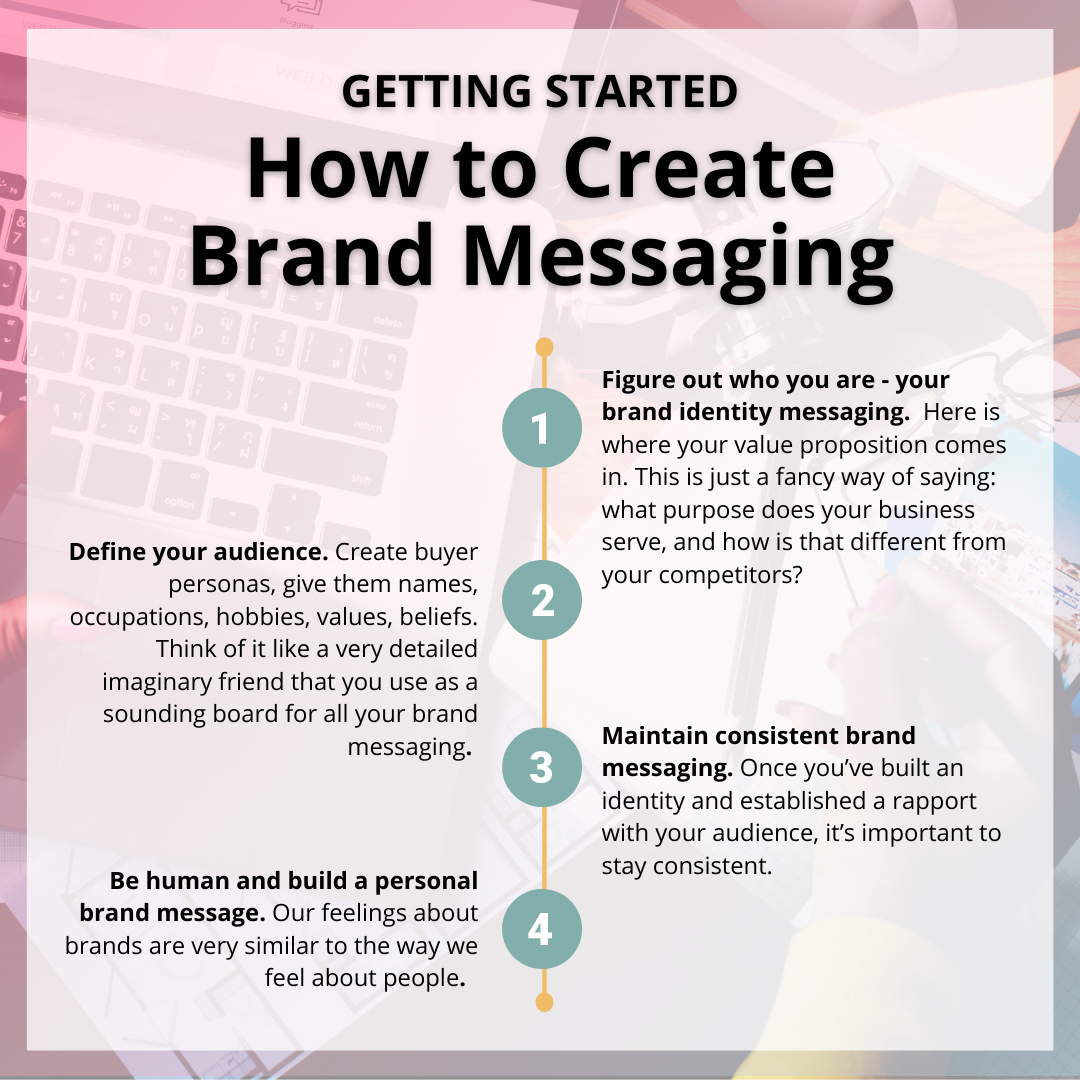
Step 1: Figure out who you are – your brand identity messaging
Here is where your value proposition comes in. This is just a fancy way of saying: what purpose does your business serve, and how is that different from your competitors?
Another way of putting this is: what do you do for your customers and why should they choose you over someone else? Simple, right?
The core of your identity should be rooted in a strong “why”. This is the reason you decided to start your business in the first place. Why do you do what you do, what are your goals, and what are your values? Write these out, print them on a banner, paint them onto your walls.
Remind yourself of this whenever you feel yourself getting distracted and stay the course. This will anchor your brand messaging, but also your business decisions and future.
Step 2: Then define your audience
It’s a fact of life that you can’t be everything to everyone. As a brand, this could not be more true. If you try to appeal to the broadest audience possible, you’re going to get lost in the noise of every other brand competing for market share and attention.
Instead, focus on getting to know your audience really, really well. Create buyer personas, give them names, occupations, hobbies, values, beliefs. Think of it like a very detailed imaginary friend that you use as a sounding board for all your brand messaging.
Knowing exactly who you are speaking to creates alignment between your brand and your audience (HubSpot), which in turns helps inform your brand communication and identity.
For more advice on how to develop your customer persona, along with some of the benefits and drawbacks, take a read through this article from our friends at Bruce Clay.
Step 3: Keep your messaging consistent
Once you’ve built an identity and established a rapport with your audience, it’s important to stay consistent. Remember what we said earlier about always asking yourself if what you want to do or say is “on brand”?
This is important, because if you release messaging that doesn’t align with the identity you’ve worked so hard to build, it can come off as confusing and disingenuous. A muddled brand identity is forgettable at best and damaging at worst.
Don’t hop on the trend bandwagon if it doesn’t make sense for your brand or business. Doing so in the effort to get some quick and easy traffic (or social media likes) is not worth it and will hurt your brand in the long run.
For example, if one of your core values is integrity, you shouldn’t piggyback on a cause or topic that’s popular unless you can demonstrate long term commitment and action to back it up. Your brand messaging is the personality that speaks through everything that you do. Be clear and be honest.
Step 4: Be human and build a personal brand message
Our feelings about brands are very similar to the way we feel about people. This should put the whole “brand personality” concept into perspective. If your brand could be distilled into a single human being, who would they be?
You want them to be likeable, of course, but you also want them to be relatable. Don’t try to be perfect – because you aren’t.
You’re working to build a brand that’s different from your competitors, upholds distinct values, and connects with your customer in a unique way. Don’t overpromise or let hubris get in the way of real communication.
Brands that are honest in their messaging, true to their values, and dedicated to their audience are the ones that reap the benefits of customer loyalty. So, if your brand messaging can be anything, let it be genuine.
Additional Brand Message Tools and Systems to Use
Are you still feeling a little overwhelmed? Don’t worry, there are tools that can help! Instead of trying to build Rome (or in this case, your brand) in a day, take it step-by-step.
Here are a few tools you can try to help organize your message and get you started.

1. Brand Message Matrix
A brand messaging matrix is a simple chart that outlines your brand’s mission statement, vision of the future, positioning statement, audience, value proposition, and elevator pitch. This chart is meant to succinctly summarize your brand’s core messaging so you can use it as a quick reference for all your content creation.

2. Brand Messaging Platform
This platform is essentially the long-form version of your brand messaging matrix. This document will probably be about 20 pages in length and cover your mission statement, vision of the future, positioning statement, audience, value proposition, and elevator pitch in detail.
This is usually best developed by an outside organization for impartial evaluation and research.
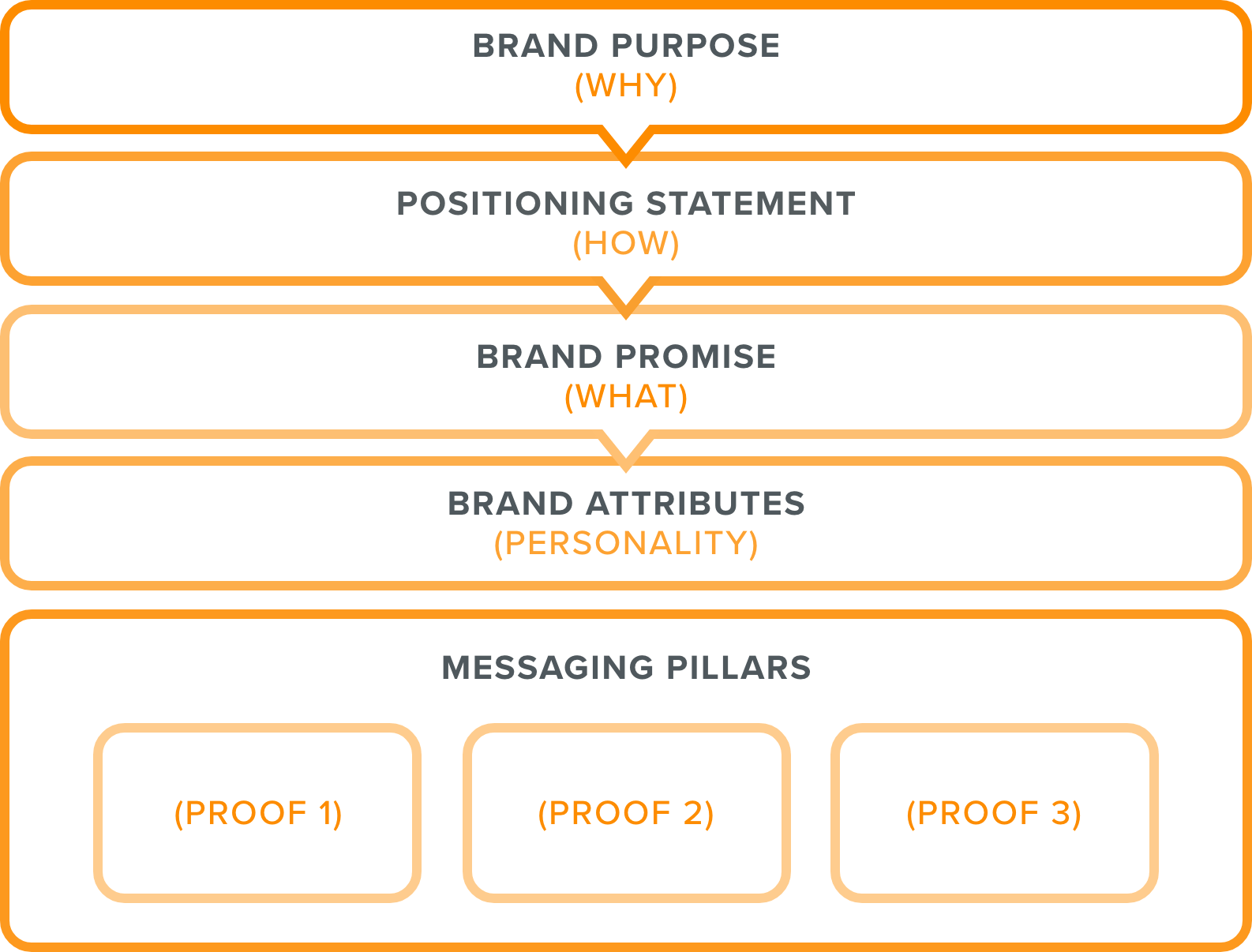
3. Brand Messaging Guide or Kit
Your brand messaging kit is the complete, visual guide for your brand identity. This kit would cover everything from your tone of voice to colours, fonts, and logos. The kit is extremely useful for ensuring all your content has a similar look and feel. You want your brand to be immediately recognizable – that takes intention and consistency.
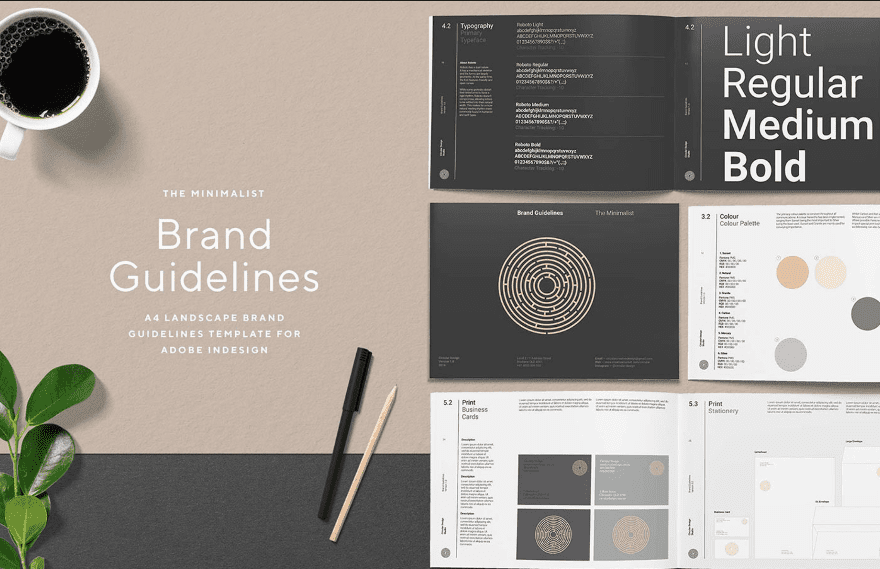

4. Brand Messaging Framework
Your brand messaging framework is the detailed approach for creating everything we’ve just discussed. Once you’re ready to dig into the process of carving out your brand message and identity, then you can proceed through the steps of:
- Defining your target audience (with research)
- Articulating your value proposition (with specifics)
- Auditing your existing messaging (impartially)
- Building your brand messaging guide/kit
- Finalizing your brand statement (what your brand does, who it serves, what makes it different, and what that means for your messaging)
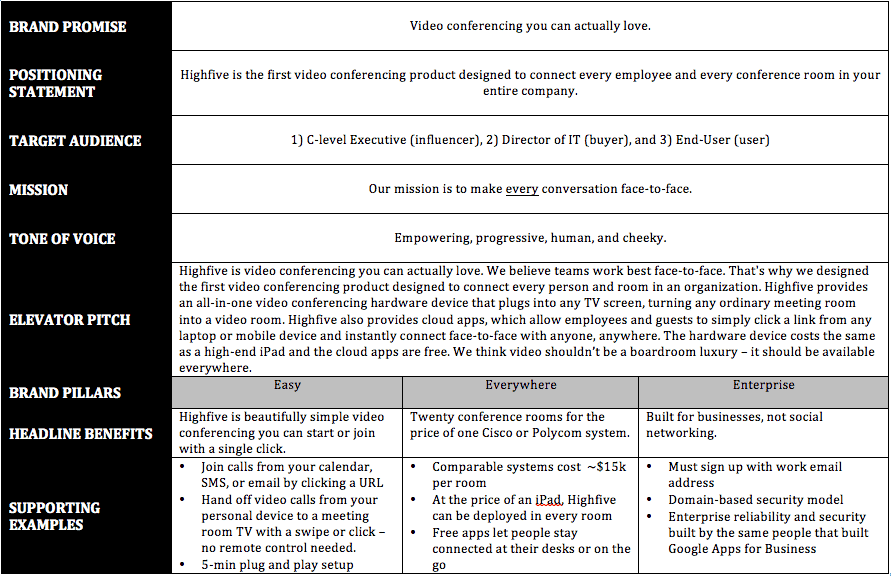
Best Message Examples for Inspiration
You probably already know brands with great messaging. Maybe you’re even a super-fan of a some! Here are a few examples of well-defined and effective brand messaging in action.
Nike’s Message
“Bring inspiration and innovation to every athlete in the world.” Nike Mission Statement
If you’ve ever left the house, then you’re familiar with the iconic Nike check logo. The “just do it” mantra is so ingrained into the minds of consumers that there’s never a question of what kind of apparel Nike designs or who it’s for. Now that’s a brand well communicated!
Apple’s Message
“To bring the best user experience to its customers through its innovative hardware, software, and services.” Apple Mission Statement
Or perhaps better known for their famous brand promise of: think different. For a tech company that’s revolutionized the way we work, live, and communicate, their brand message makes perfect sense. This is communicated in the sleek, clean modernity of their advertising, the futuristic in-store experience, and along every interaction you have with an Apple product. Apple is a great example of a brand that thoroughly lives its message across every consumer touch point.
Coca Cola’s Message
“Refresh the world. Make a difference.” Coca Cola Mission Statement
While they’re known internationally as the world’s favourite soda, Coca Cola has crafted their brand messaging around an ethos and lifestyle. While the individual coke beverage tagline has changed over the years, their message has always been geared around positivity and experience. A few tagline examples are: Real Magic (2021), Taste the Feeling (2016), and Open Happiness (2009).
With the recent shift to a more climate conscious market, Coca Cola has re-centered their brand messaging around sustainability, which can be seen in their newer imagery and environmental commitment.
Starbucks Brand Message
“Our mission: to inspire and nurture the human spirit – one person, one cup and one neighborhood at a time.” Starbucks Mission Statement
Despite being spread across the world, you always know what to expect when you enter a Starbucks location. They maintain a people-focused narrative and the ‘west coast coffee shop’ vibe is the same no matter where you go. High-quality, ethically sourced coffee is their standard – all of which is communicated online, in-store, and with every sip.
Closing Thoughts on Branding and Messaging
Is your brand having an identity crisis? 1st on the List would like to help.
We’d love to chat with you about your business and branding goals. Our team of Web Designers, Content Writers and SEO Experts can work closely with you to strengthen your brand message and develop a winning Digital Marketing Strategy.
Call us at 1-888-262-6687 or send us a message to explore how we can help you take your brand from entry-level to all-star.
Michael Mitov
Michael Mitov is a Website Developer and SEO Project Manager at the 1st on the List head office in Abbotsford. With over 18 years of experience in his field Michael specializes in WordPress Development, Local Search, and Lead Pages and Sales Funnels. When not launching new websites and achieving visibility for his clients Michael is busy staying on top of SEO and marketing trends or biking and hiking in the beautiful British Columbia.
Don’t miss out – get newest posts straight to your inbox!
OTHER ARTICLES WE THINK YOU’LL ENJOY
Partner With Us. Get More Leads.
Stop trying to do it all on your own – reach out to our team and we can discuss marketing strategies that are best suited for your business!
[NO HASSLE, NO PRESSURE, NO WORRIES – JUST MEANINGFUL INSIGHTS]




